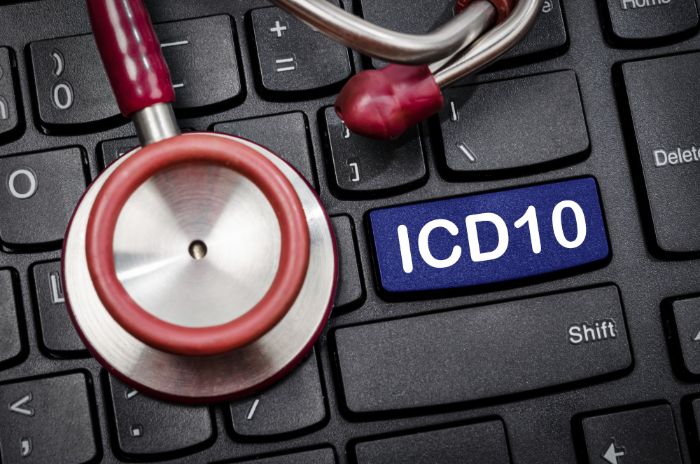
In the healthcare and health insurance industries, countless medical records are processed daily. To streamline the process and minimize the chances of error, diagnoses are given standardized codes.
Medical billing and coding specialists need a thorough understanding of current medical coding systems to perform their jobs effectively. They input and interpret ICD-10-CM, CPT, HCPCS and PCS codes while reviewing electronic records. These skills open the door to rewarding careers in hospitals, clinics, insurance companies and other medical facilities.
Medical coding systems standardize the codes used by healthcare professionals for diagnoses, procedures and services. They allow healthcare facilities to bill insurance companies using a standardized classification system, but also play a role in ensuring consistent communication among providers, data analysts and researchers.
The International Classification of Diseases (ICD) is a primary medical coding system with international usage. The current international standard is ICD-10. In the US, ICD-10-CM is used as the standard for diagnosis coding. It’s a clinical, country-specific modification of the international ICD-10. This system utilizes alphanumeric codes to document diagnoses, symptoms, injuries and cause of death.
The first three characters (a letter followed by two numbers) categorize the injury or disease. A decimal point separates the last four characters, which can be alphabetic or numeric to further specify details about the condition.
People working medical coding jobs in the U.S, such as medical billers or coding assistants, need thorough knowledge of ICD-10-CM to perform their daily duties.
Entering the medical billing or coding field requires extensive training. While some schools offer an associate’s degree in medical coding or billing, others offer shorter certificate programs.
Certificate programs tend to be best for people who already have experience in the medical field since they don’t always offer prerequisite training in medical terminology or in anatomy and physiology.
At the end of either training program, students must pass a certification exam for their chosen credential. Upon passing, they can then seek employment as a medical biller or coder.
Ready to start a career in medical billing and coding IMBC’s medical billing and coding program takes an average of 14 months to complete. This program breaks down key topics into 6-week courses to prepare you for the National Registered Certified Coding Specialist (NRCCS) exam and certification. Take the next step and enroll in IMBC’s comprehensive medical billing and coding program today.